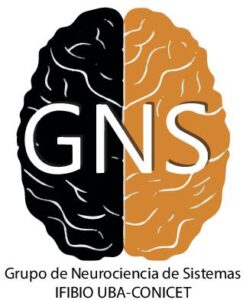The primary visual cortex (V1) neuronal activity encodes basic properties of visual stimuli. Experience dependent plasticity has been observed in V1 as a way to improve visual perception. However, recent studies show that V1 neural plasticity is also related to reinforcement learning. When rodents experience an association between a visual stimulus and a contingent future reward, a proportion of V1 neurons develop reward timing activity. Cholinergic projections from the basal forebrain (BF) have been shown to be necessary and sufficient to induce the reward timing activity in V1. However, little is known about whether this activity evolves simultaneously in the BF and V1 during learning. To unveil this, we will implant C57BL/6 adult male mice with electrodes in V1 and BF and record electrophysiological activity in head-fixed mice learning a visually cued rewarded task. So far, we trained three mice that successfully learned the task, showing an increase of correct trials from 47% to 99% and we identified a high percentage of V1 neurons that report reward timing after training. We found the three types of reward timing activity that have been reported: a sustained increase in response until the reward was expected, a sustained decrease in response until the reward was expected and a peak response at reward time. Rewarded and unrewarded trials evoked the same responses. To continue with the project, we plan to carry out simultaneous recordings on V1 and BF.

Menu
E-poster
Session: 2
PS2-15 | Reward mediate modulation of the evoked response in the primary visual cortex
María Florencia Santos
Grupo de Neurociencias de Sistemas, Instituto de Fisiología y Biofísica B. Houssay (IFIBIO-Houssay), UBA-CONICET
- Ciudad de Buenos Aires,
- Argentina
- María Florencia Santos1
- , Camila Lidia Zold1
- 1. Grupo de Neurociencias de Sistemas, Instituto de Fisiología y Biofísica B. Houssay (IFIBIO-Houssay), UBA-CONICET
